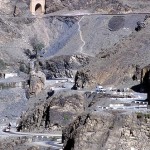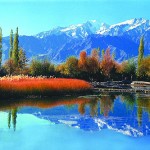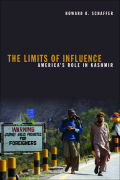

With U.S. relations in Pakistan at a low point and the two countries’ strategic disagreement over priorities in Afghanistan on full display, it is time to review U.S. strategic options. One that deserves a close look is a grand bargain: give Pakistan what it wants in Afghanistan – but on two conditions: Pakistan assumes responsibility for preventing terrorism out of Afghanistan, and Pakistan agrees to settle Kashmir along the present geographic lines. This is not a panacea, nor would it be easy to execute. But it addresses the principal stumbling block to the current U.S. strategy, and provides an incentive to settle the region’s longest-running dispute.
Read our article published on foreignpolicy.com October 20, 2011.



